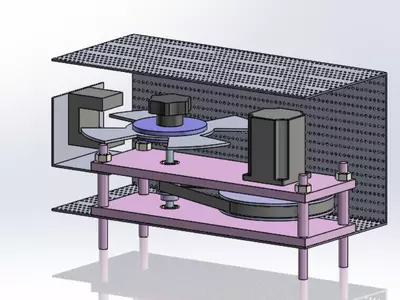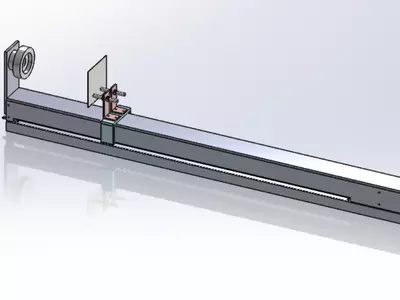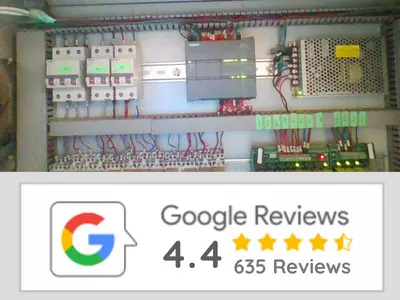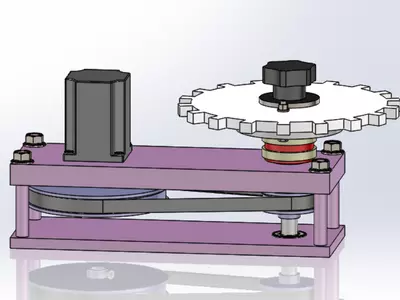Optical Sensor Test Bench
Optical Sensor Test Bench, A photoelectric proximity sensor is used to detect the distance or presence/absence of a target object. It uses a light transmitter (mostly infrared) and a photoelectric receiver. There are 3 modes of photoelectric sensors:
Type 1: Direct reflection (diffused): In this type both the light transmitter and receiver are in the sensor and it uses the light deflected directly from the target object for detection. Hence it is crucial that the transmitted light/radiation is reflected off the object and reaches the receiver. The emitter sends out a beam of light (most often a pulsed infrared, visible red, or laser) that diffuses in all directions, filling a detection area. The target then enters the area and deflects part of the beam back to the receiver. Detection occurs and output is turned on or off when sufficient light falls on the receiver. Such sensors are affected by both the color and surface type of the object. If the object is opaque, then lighter color objects can have a greater sensing distance while darker objects will have a reduced sensing distance. If the object is shiny then the operating distance is affected by the type of surface (more than the color of the object).

Type 2: Thru-beam: This type of sensor is also known as opposed mode and uses a separate housing for the transmitter and the receiver . The photo beam from a transmitter is pointed at the receiver. When an object comes between the transmitter and the receiver, it interrupts the photo beam between them, thereby causing the sensor output to change. This mode is the most accurate and reliable, and it allows the longest sensing ranges amongst all the modes of photoelectric sensors.

Type 3: Retroreflective (reflection with reflector) : In this type of photoelectric sensor the transmitter and the receiver are placed together in the sensor body, but the sensor requires a separate reflector . If an object comes in between the reflector and the receiver in the sensor, then the light beam between them gets interrupted. This allows the sensor to detect the interrupting object. These sensors generally have longer sensing distances due to the increased efficiency of the reflector compared with the reflectivity of most targets. The target color and finish do not affect the sensing range in retroreflective mode as they do with diffused mode.






Mark J. –
I ordered on Friday evening and on Monday at 12:30 the package was with me. I have never encountered such a fast order processing.